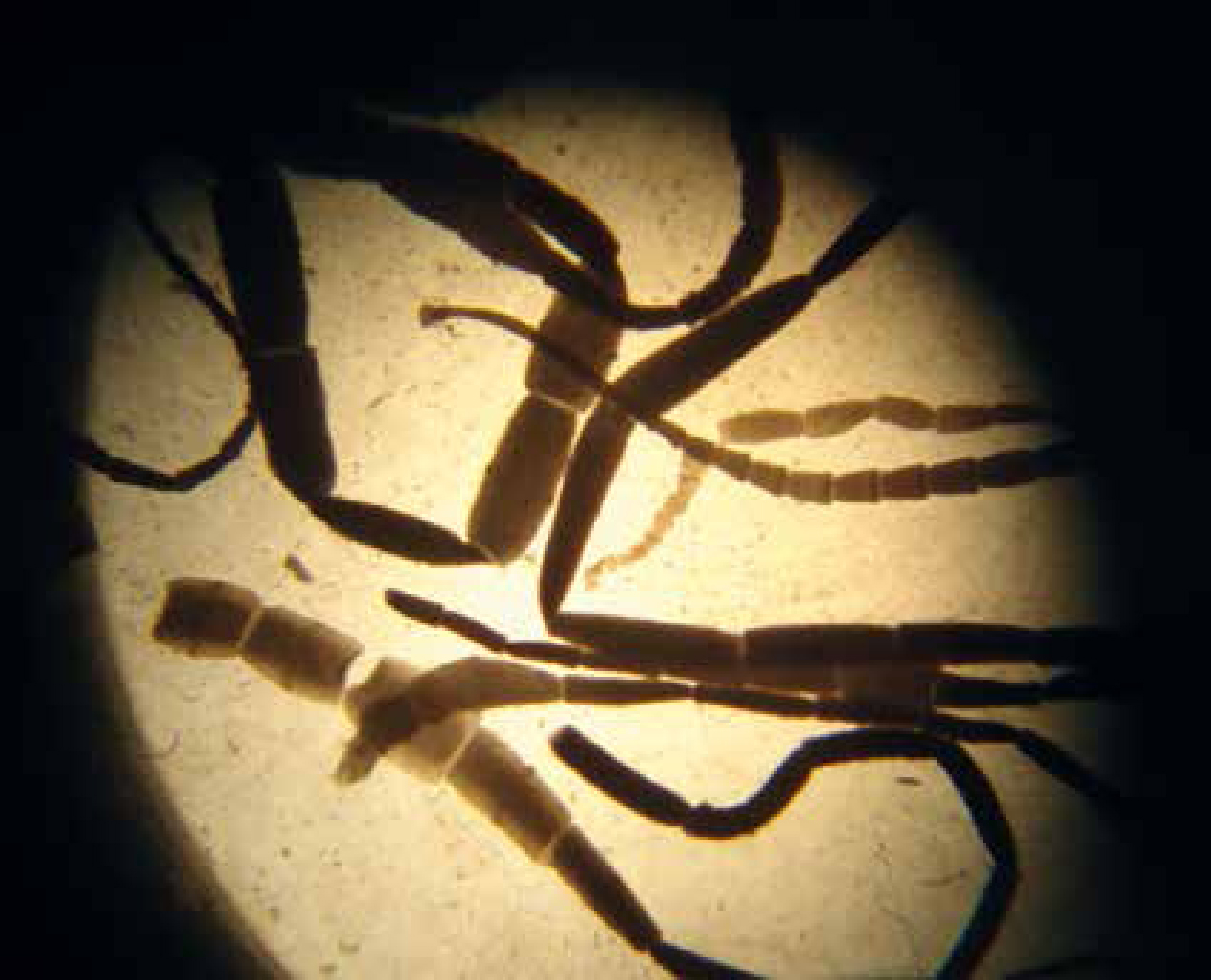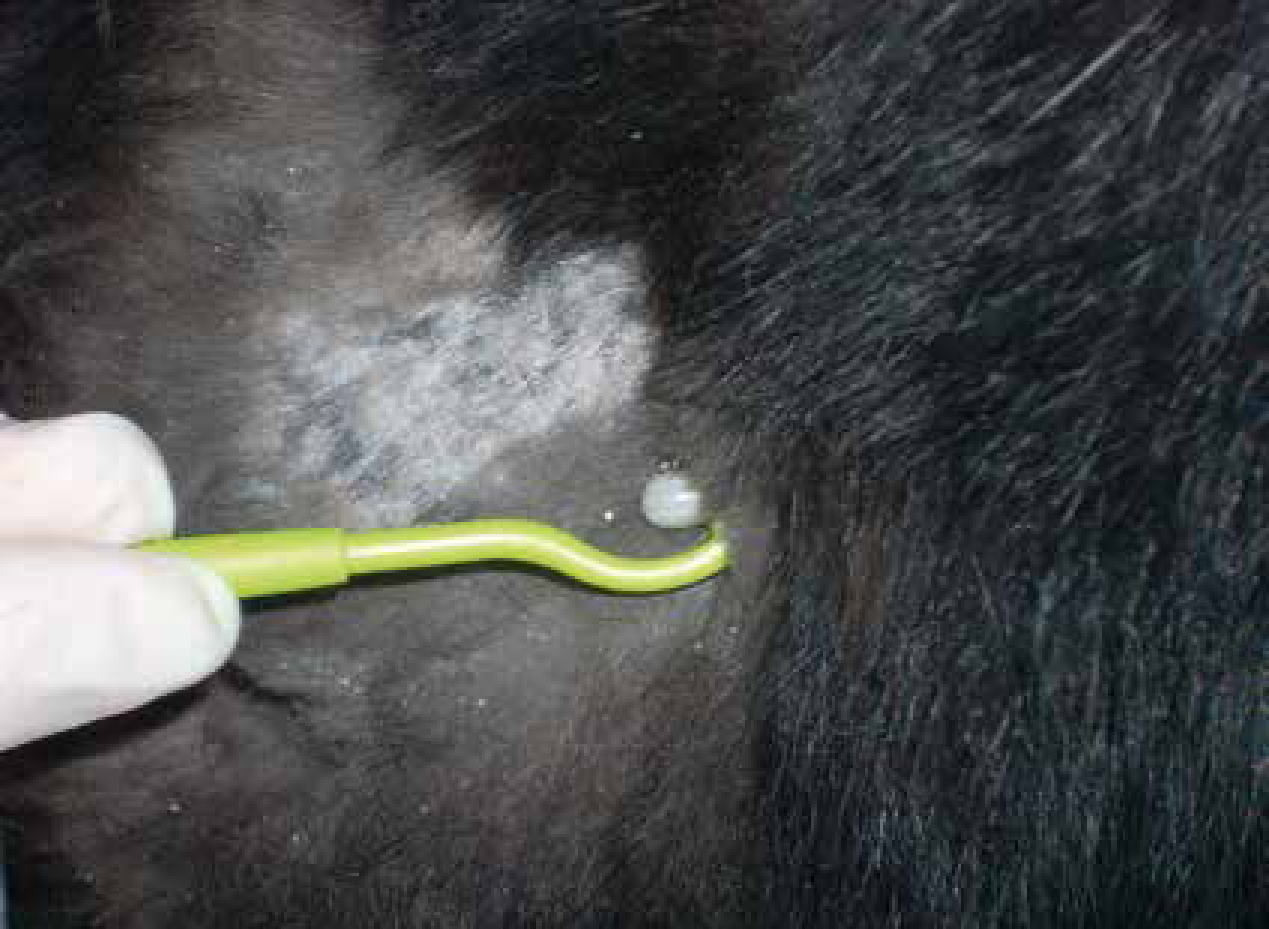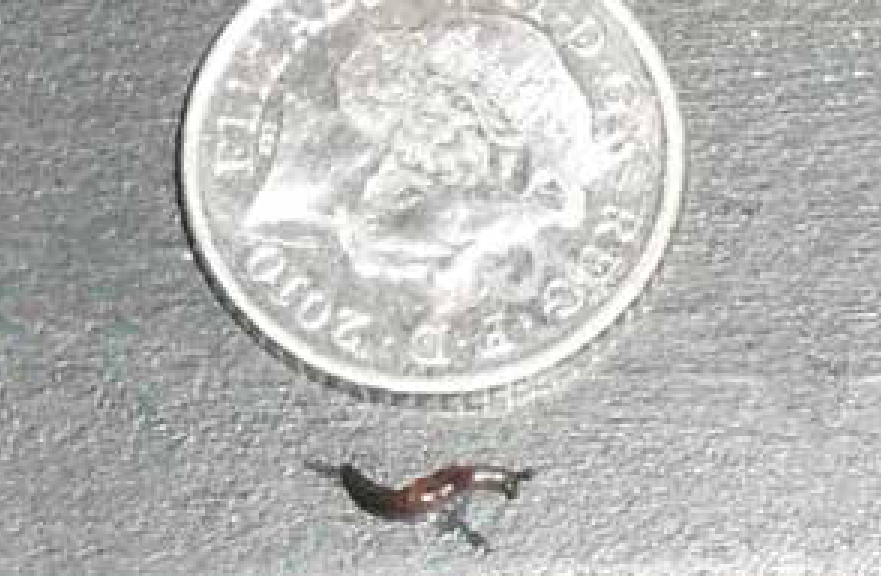There is a strong consensus that climate change is occurring (Trenberth, 2005) and as it is at least partly attributable to green house gas emissions from human activity, further warming can be expected to occur (Bernardi, 2008). Some parasites of veterinary and zoonotic significance in the UK are unlikely to be affected by global warming. Toxocara spp. are ubiquitous and transmitted primarily by transplacental and transmammary routes and as a result are shielded from environmental changes. Others, such as tapeworms are transmitted through the ingestion of meat and offal from domestic livestock, with the intermediate host being largely unaffected by gradual changes in climate, due to protection from the farming environment. Other parasites, however, depend heavily on warmth and humidity to reproduce, feed and survive. Recent mild winters and wet summers have likely played a part in Angiostrongylus vasorum's spread across the UK, introducing it into areas where veterinary professionals and pet owners may not recognise it as a differential in dogs presenting with a cough, coagulopathy or neurological signs. Prolonged periods of high humidity have increased the length of time that Ixodes spp. ticks can quest for, seeking food and increasing the risk of exposure to Lyme disease. Fleas have also benefitted from consecutive mild winters, allowing increased numbers of fleas to survive outdoors without having to rely purely on centrally heated homes to maintain their numbers over winter. This article will consider these examples of parasites that climate is already affecting and how veterinary nurses should be prepared to adapt their parasite control advice accordingly.
Fleas
Temperatures below freezing are lethal to adult fleas, dying within 5 days at -1°C and 10 days at 3°C. Survival significantly increases when temperatures exceed 8°C where nearly half of emerged adults stay alive for 20 days (Silverman and Rust, 1983). Eggs and larvae are also highly susceptible to cold temperatures with larvae dying 10 days post hatching at 10°C (Silverman et al, 1981). The effects of cold temperatures in winter are somewhat offset by the protection to adult fleas afforded by the fur of their host and centrally heated homes, but a milder winter temperature means that other life stages can continue to survive and develop. Therefore, during years of successive mild winters such as those recently seen in the UK, and with an overall trend of milder seasons, it should be expected that flea infestations on domestic pets will increase, as will the numbers of fleas per pet and this has been reflected in case reports and queries submitted to ESCCAP UK & Ireland.
With increased flea numbers and prevalence comes an associated risk of vector-borne diseases that fleas carry:

The increased risk of disease transmission and household infestation establishing makes year round flea control vitally important. Household infestations may establish through the winter through the mechanical transmission of newly emerged adults into the home. Even households with purely indoor cats may be infested by owners or pets with outdoor access triggering outdoor pupal emergence through their heat and movement and then bringing newly emerged adults inside on clothing. Once inside, these adults can feed on indoor cats and infestation be established. In a similar fashion, cats visiting multiple households may be infested by newly emerged adults outdoors and then bring them indoors into a number of different homes.
Nurses are vital in emphasising the importance of year round flea control, even to purely indoor cats to prevent infestations establishing. It is vital the nurse explains the flea lifecycle clearly to the client to ensure they understand the need for both treating all pets (in or outdoor) and the house. Diagrams can be useful and terms used should be kept simple and easy to understand. Control is achieved through the use of an effective adulticide.
To effectively prevent flea reproduction a flea adulticide product must:
Ixodes spp. ticks and Lyme disease in the UK
Ixodes spp. ticks which carry Borrelia spp., the cause of Lyme disease, are endemic in the UK with a seasonal peak in numbers in the spring and autumn months. While these peaks still occur, ticks are now commonly seen all year round in most parts of the UK (Abdullah et al, 2016), providing potential exposure of pets and people to Lyme disease throughout the year. The risk of a dog encountering a tick infected with Lyme disease in the UK is approximately 1 in 200 over each tick season (Smith et al, 2012), and approximately 1 in 3 dogs in a recent national study were found to be carrying a tick (Abdullah et al, 2016). The incidence of reported Lyme disease in the UK human population is increasing, but it is unclear whether there is any similar increase in the incidence of canine disease. What is clear is that a continuing milder climate (mild and short winters with warm but not extreme summers as defined by the National Geographic society) across the whole year is favouring ticks, increasing the risk of exposure to both dogs and people.
There were 0.5 cases of Lyme disease per 100 000 people in England and Wales in 2001. This rose to 1.73 cases per 100 000 in 2011. Public Health England (PHE) have published figures showing that there were 421 laboratory confirmed cases of Lyme disease in the UK during the 3rd quarter of 2015. In comparison, 300 were reported during the same time period in 2014. The growing number of reported cases is likely to be a combination of a genuine increase in disease transmission, heightened awareness among the general public and increased surveillance.
Two large studies have examined the distribution and prevalence of ticks infesting domestic dogs as well as the prevalence of B. burgdorferi in these ticks (Smith et al, 2012; Abdullah et al, 2016). The Prevalence of Borrelia spp. found in Ixodes spp. ticks attached to dogs has only increased marginally from 2.3% to 2.37% in the time between the two studies, but the overall number of ticks has increased. This suggests that dogs are being exposed to increased numbers of Borrelia infected ticks, which will be questing for potential hosts for longer periods of the year due to increased temperature and humidity.
Nurses must be aware therefore that while tick questing and attachment is still at its greatest during spring and autumn, pets and their owners may be exposed all year round and will require year round prevention if their lifestyle puts them at increased risk. This includes walking in rural areas, rough pasture or land used by deer or ruminants. There may also be a history of previous tick attachment and many cats will also be exposed to repeated infestations. Use of tick preventative measures should therefore be based on risk assessment.
On current evidence, Lyme disease (and Babesia canis for dogs in Essex where it is endemic) take at least 24 hours to transmit. Therefore, a number of measures are effective in reducing transmission:

Angiostrongylus vasorum
A. vasorum has been spreading North throughout the UK over the past decade. In addition to increased movement of dogs around the country and increasing fox numbers, this is likely to be due at least in part to climate change. The climate in the UK in recent years has favoured the survival and propagation of arionid slugs which dominate in terms of both prevalence and intensity of A.vasorum infection. A wetter, milder climate, not only increases the numbers of these slugs but also increases their activity with the likelihood that they will be eaten. Smaller slug species are also infected and while they carry a smaller number of the total parasite population, their small size increases the likelihood of accidental ingestion by dogs (Aziz et al, 2016). Environmental conditions in which A.vasorum larvae are likely to survive for longer and be more active mean that snails and slugs are also more likely to be exposed to L1 larvae passed in faeces and subsequently become infected.
A.vasorum has spread rapidly from endemic foci in Wales, the South and South West of England across the whole of the UK. Increased reporting of cases has been seen in domestic dogs, with 20% of practices across the country having seen at least one case over a 12 month period (Kirk et al, 2014). To establish if this perceived spread and increasing number of cases was genuine, post mortem surveys were carried out on foxes in 2005 (Morgan et al, 2008) and in 2014 (Taylor et al, 2015) which act as wildlife reservoirs. The overall prevalence rose from 7 to 18% in foxes during this period and extended to regions previously clear of infection such as Northern England and Scotland. The spread of A.vasorum is therefore genuine but not uniform, with focal areas of very high prevalence and other areas remaining free of infection. Case reporting sites such as the IDEXX map have been useful in mapping areas of high prevalence and the introduction of A.vasorum into new areas. Reporting of cases is only voluntary however, and distribution of infection very fluid.
This creates awareness of potential A.vasorum cases in areas where the parasite was not previously endemic. Dogs at high risk of exposure should be placed on a licensed routine preventative treatment of a moxidectin/imidacloprid spot on solution or a milbemycin oxime and praziquantel tablet. This includes dogs living in known highly endemic areas, young dogs, those previously exposed to infection, and those with a history of eating slugs and snails as well as grass which may contain small slugs (Figure 3). In areas where endemic status is less certain then testing of dogs prior to surgery and suspected cases such as coughing dogs and those with unexplained coagulopathies will rapidly build up a picture of whether A.vasorum is endemic in an area and whether routine prophylaxis for dogs is required. This data accumulation is vital if risk-based advice is going to be given. Screening suspected cases has been made easier by AngioDetect™ (Idexx Laboratories, USA), a point-of-care blood test which detects circulating A.vasorum antigen in the blood. It has a reported sensitivity of 84.6% and specificity of 100% (Schnyder et al, 2014). This test allows for more rapid diagnosis in a clinical setting and also allows many dogs with clinical signs compatible with A.vasorum infection to be tested relatively economically and rapidly. This in turn allows a picture within practices to be built up as to whether A. vasorum is present in the local area. This picture needs to constantly updated however as the regional prevalence of A. vasorum can be very fluid. It has the drawback of only detecting A. vasorum, and so other lungworm infections must still be considered.

Conclusions
A mild, humid climate in the UK is beneficial for many parasites to feed, reproduce and increase their geographical distribution. This has rightly led to increased concern regarding the establishment of parasites not previously endemic in the UK. Veterinary professionals need to be aware however, that well established endemic UK parasites will also benefit from these changes leading to increased prevalence of infection, incidence of disease and parasites being seen in parts of the UK where they were not previously endemic. In helping to formulate parasite control programmes and give accurate risk-based advice to clients, veterinary nurses are on the front line in helping pet owners and veterinary practices to adapt to these changes.

